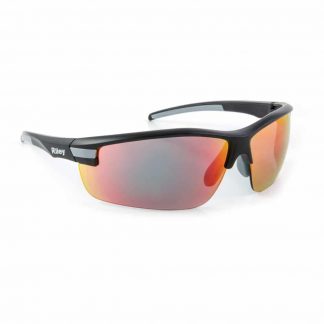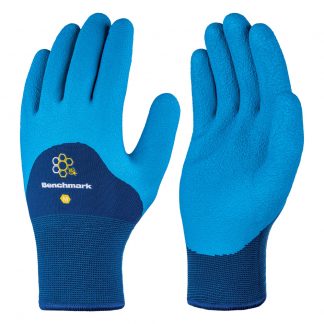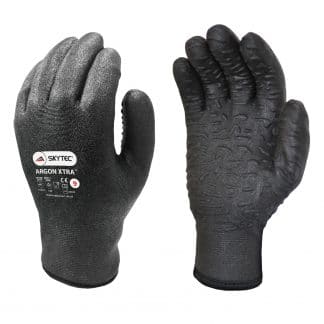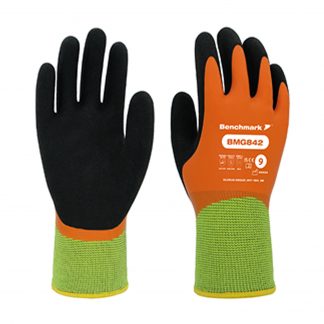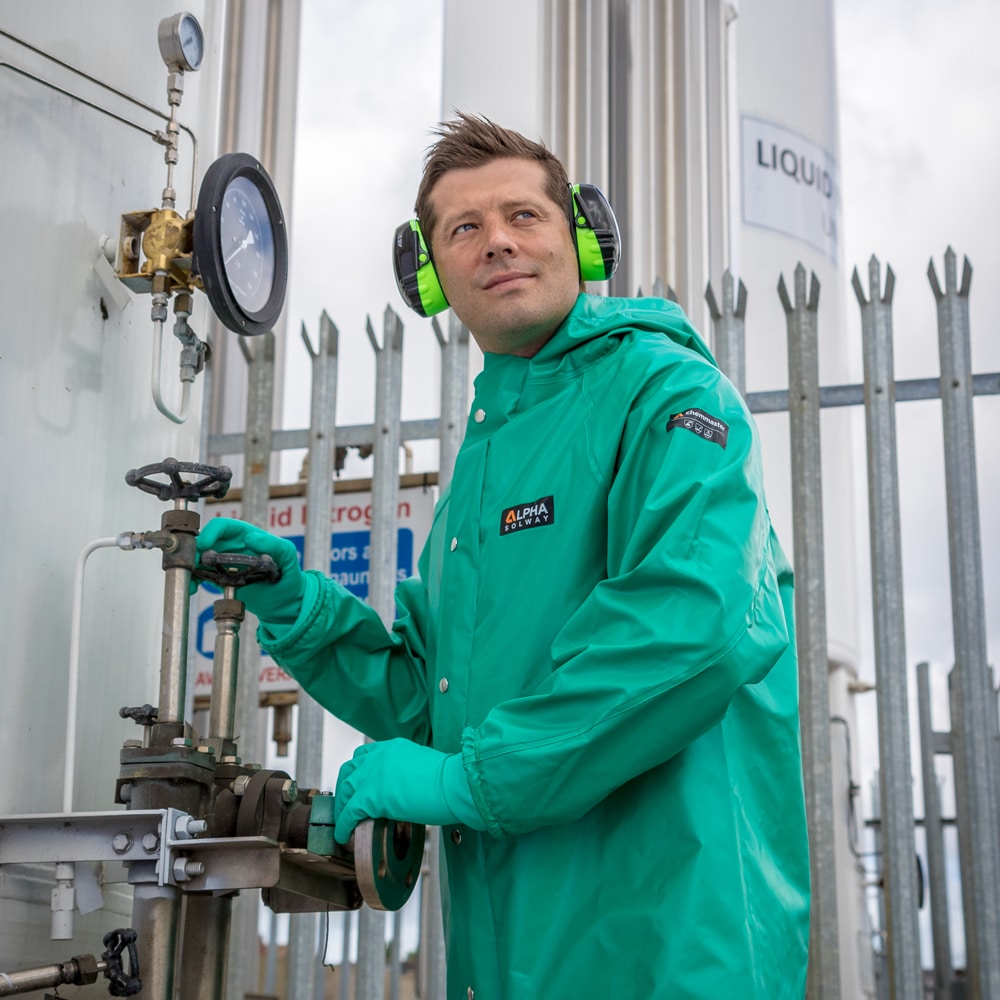
Ear defenders are a common form of personal protective equipment (PPE) used to help protect the ears against harm in several ways. They can protect against physical damage and also the impact of excessive noise.
Ear defenders can appear a little like headphones but do not have the audio abilities. They are made up of two cups covering the outer part of the ear and are connected with a band that fits over the top or behind the head to keep the cups in place. The cups are usually lined with sound-deadening material, which can come in a number of forms and offer various levels of protection.
The technical bit: the science behind hearing protection
Ear defenders protect via the large cups and sound-deadening material. The cup is usually constructed from hard thermoplastic, and the sound-deadening material is an acoustic foam. The acoustic foam works by increasing air resistance, absorbing soundwaves, and actively reducing the amplitude at which these sounds can enter the ear. The cushioning to the edge of the cups is designed to help create a vacuum to protect against excessive noise and provide comfort for the wearer.
The tighter the hearing protection or ear defenders, the more effective its protection. Obviously, you don’t want them to be too tight, but you should choose a band size that fits snugly.
Types of hearing protection
Ear defenders protect wearers from damaging their hearing when they work in noisy environments and industrial spaces. They can provide noise reduction or noise cancellation depending on the model chosen.
Passive ear defenders is simply a more technical term for ear defenders featuring the acoustic foam we’ve already discussed. The level of protection they provide is measured in attenuation as the process of the foam reducing the impact of noise is known by this term. Ear defenders offer varying levels of attenuation, with high-performance models offering protection such as SNR 34dB, ideal for noisy work environments and industrial spaces. However, DIY enthusiasts and home improvement fans can opt for a lower profile model with attenuation levels nearer SNR 23db.
Finding the right hearing protection
Finding the right ear defenders is highly dependent on the task at hand. The Control of Noise at Work Regulations 2005 (the Noise Regulations) requires employers to provide their employees with appropriate hearing protection where noise levels reach above 85 dBA. Hearing protection is as vital to your employees’ PPE as their masks and other essential items to protect them while they carry out their daily tasks.


